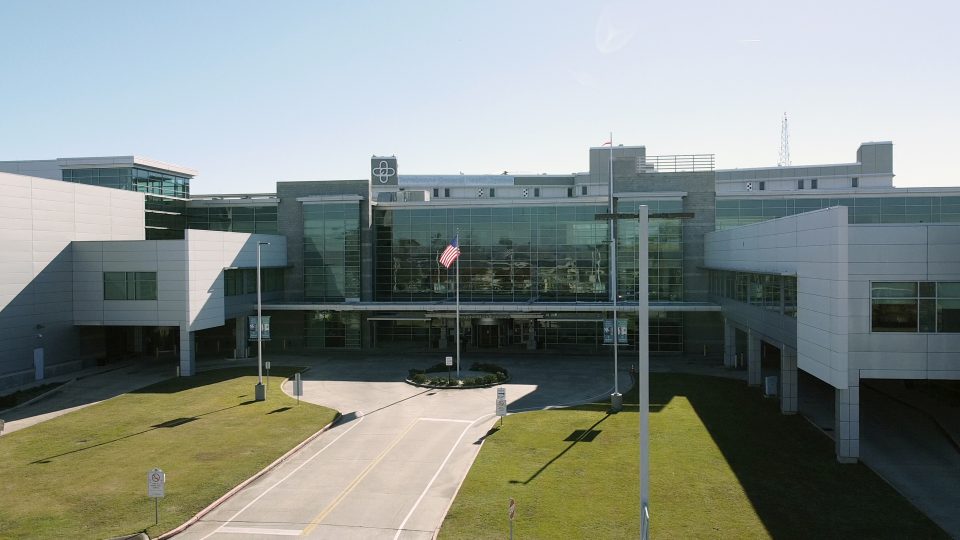
Morganza is authorized, awaits federal dollars
June 12, 2014Lafourche ready for storm season
June 12, 2014We’ve been warned: coastal Louisiana is at risk. In the event of the “Big One” – monster storms like 2005’s Katrina or a slow mover like Rita, or even a direct hit by a lesser storm such as Isaac in 2012 – our homes, businesses and communities are vulnerable.
Years of erosion, saltwater intrusion and subsidence are taking a toll on our coastline. Water continues pushing inland, washing away vital wetlands and, in the process, clearing the path for killer hurricanes.
Morganza to the Gulf is a first-of-its-kind hurricane protection system designed to keep storm surges at bay and, simultaneously, restore our coast. The 100-year level of protection – enough to safeguard the Tri-parishes in the event of a Category 3 disturbance – encompasses Terrebonne Parish and portions of Lafourche. It also ties in to similar efforts in St. Mary, ultimately protecting more than 200,000 residents and well over 1,700 square miles of coastal marsh.
Morganza to the Gulf could more adequately be called “Houma to the Gulf.” The project initially included an area from the Morganza Spillway, located north of Baton Rouge, to the Gulf of Mexico. Subsequent studies concluded the project should begin closer to Houma; however, the name has remained the same.
The Morganza system, a collaborative effort between a team of interagency engineers and scientists, includes 98 miles of earthen levee with elevations ranging from 15 to 26.5 feet; a series of floodgates – 22 crossing navigable canals and nine crossing roads; and 23 sets of sluice gates that allow for water circulation and drainage.
Besides serving as a line of defense against storms, the system provides environmental benefits.
The system’s path follows natural ridges, roadbeds and existing drainage levees, as well as hydrologic barriers, thus reducing negative impacts on the environment, according to Terrebonne Levee & Conservation Director Reggie Dupre. And the environmental control structures – a combination of lift and screw gates – will allow water flow between the interior and exterior levee marshes throughout the year.
One of the most hailed components, the $52 million Bubba Dove Houma Navigational Canal Floodgate, will close as storms approach, reducing saltwater intrusion and redirecting much-needed freshwater from the Atchafalaya River to area marshes. Gate construction was completed in 2013.
Computing the cost of the project depends a bit on whom you ask. Dupre estimates the total cost in the billions; the U.S. Corps of Engineers initially agreed, but three months later surprised everyone by elevating the price to $1.6 billion to reflect post-Katrina standards. At latest tally, the Corps values the storm system at approximately $13 billion.
Creative financing – local taxes, parish and state funding, Community Development Block Grants and Federal Emergency Management Agency monies – has allowed at least some work to begin. Lacking from the equation, however, is any Corps project funding, a sore point for the many people who have argued since the 1980s for the need for protection.
With the congressional passage of the Water Resources Reform & Development Act (WRRDA), the hurricane protection system received government authorization, improving the odds for federal funding.
Without Morganza to the Gulf, proponents of the project argue the Tri-parishes will disappear at the hand of Mother Nature – either via erosion or storm surges.







